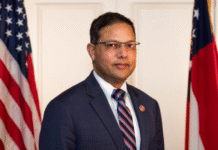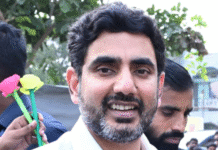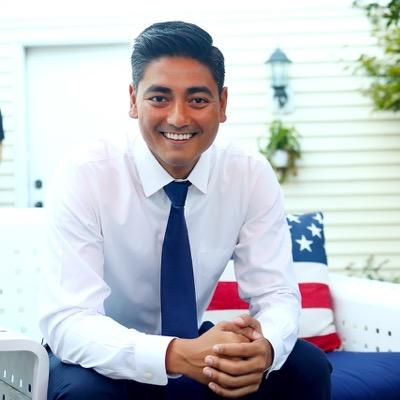Ottawa– Canada’s new Foreign Minister, Indira Anita Anand, an academic-turned-politician, has experienced a rapid ascent through the ranks of Canadian politics since her first election in 2019. As she now takes charge of Canada’s foreign policy amid a diplomatic reset with India and complex ties with the United States, her journey stands as one of resilience, expertise, and historic firsts.
Anand, the first Hindu woman elected to Canada’s Parliament and the first Hindu to hold a cabinet position, was sworn in with the Bhagavad Gita. Her swift political trajectory has taken her through key ministries, including procurement, defense, internal trade, transport, and industry, culminating in her appointment as foreign minister earlier today.
Born to immigrant parents — S.V. Anand, the son of Tamil Nadu freedom fighter V.A. Sundaram, and Saroj Ram from Punjab — both of whom were medical professionals, Anand had built a distinguished academic career before entering politics. She was a tenured law professor at the University of Toronto and had taught at Yale University, specializing in business and finance law.
Anand first won her Oakville, Ontario, seat in 2019 despite doubts about her electability as a woman of Indian descent. “During my first campaign, many people told me that a woman of Indian descent would not get elected in Oakville, Ontario. Yet, Oakville rallied behind me not once but twice since 2019, an honor that I will hold in my heart forever,” she said. Voters reaffirmed their support with a third consecutive win in April.
Following her initial appointment as public services and procurement minister, Anand became a central figure in Canada’s COVID-19 response. She ensured a steady supply of medical equipment and vaccines — some of which came from India — establishing her credentials in crisis management.
In 2021, she was named defense minister during a volatile time, just as Russia launched its invasion of Ukraine. She played a key role in coordinating Canada’s military aid and support for Kyiv. In 2023, she became president of the Treasury Board, managing the federal government’s $450 billion annual budget and a workforce of 300,000 employees. Alongside these responsibilities, she also handled internal trade and transportation portfolios.
Earlier this year, amid the Liberal Party’s struggles and former Prime Minister Justin Trudeau’s resignation, Anand announced her intent to return to academia. “Now that the Prime Minister has made his decision to move to his next chapter, I have determined the time is right for me to do the same, and to return to my prior professional life of teaching, research, and public policy analysis,” she said in January.
However, the party’s revival under new Prime Minister Mark Carney changed her plans. Persuaded by Carney to stay, Anand decided to seek re-election — a decision that led to her appointment to one of the most influential posts in the federal cabinet.
“Back in 2019, I could never have imagined that such work would mean navigating supply chains to overcome a global pandemic, addressing sexual assault in the Canadian Armed Forces, ensuring military aid reached Ukraine, overseeing the Treasury Board Secretariat, or reinforcing Canada’s transportation systems,” she wrote, reflecting on her rapid rise.
Now, as foreign minister, Anand faces the challenge of steering Canada through a changing geopolitical landscape, with the same resolve that has defined her career. (Source: IANS)













